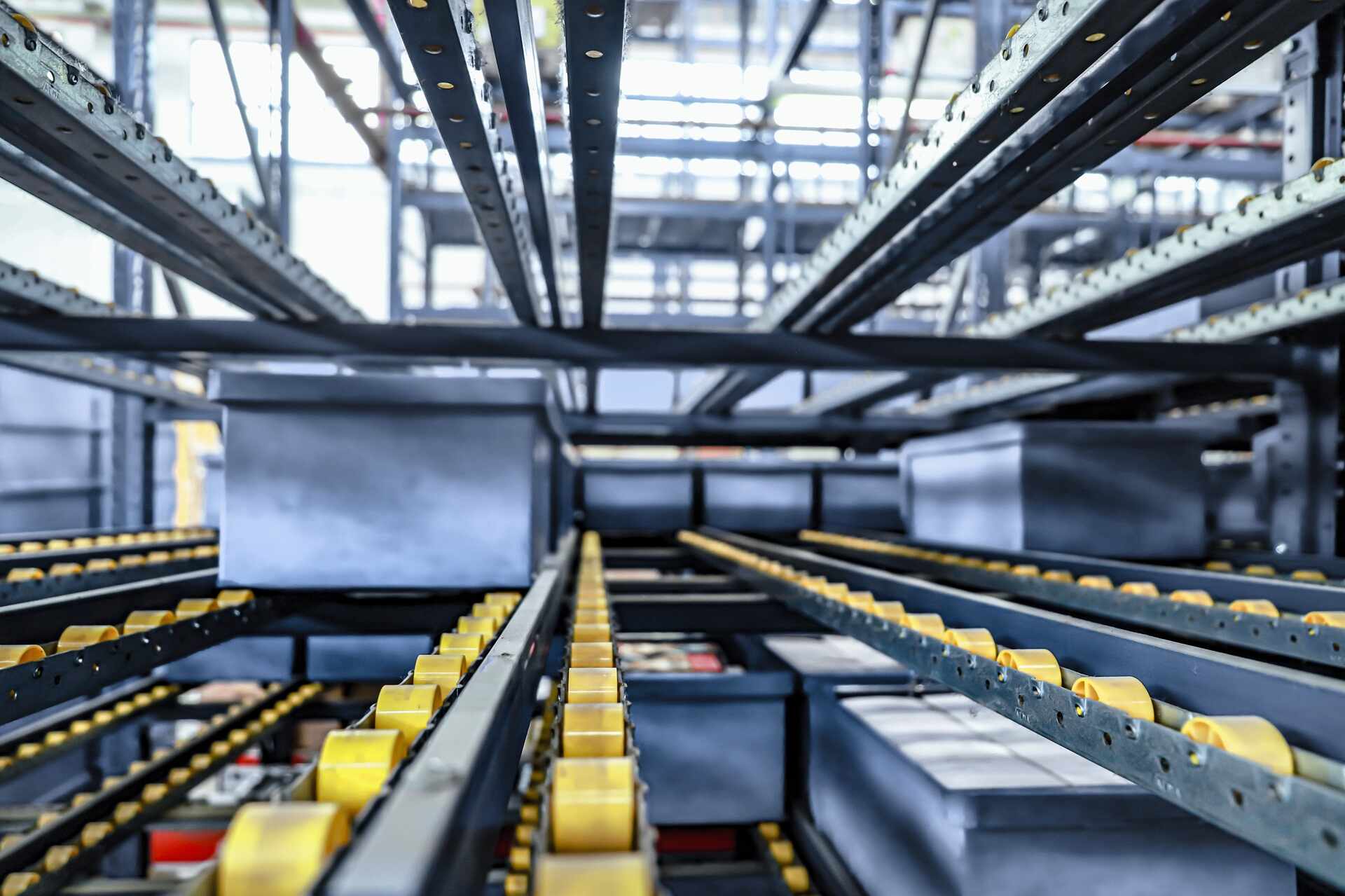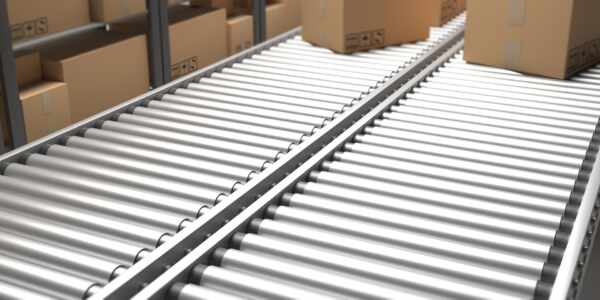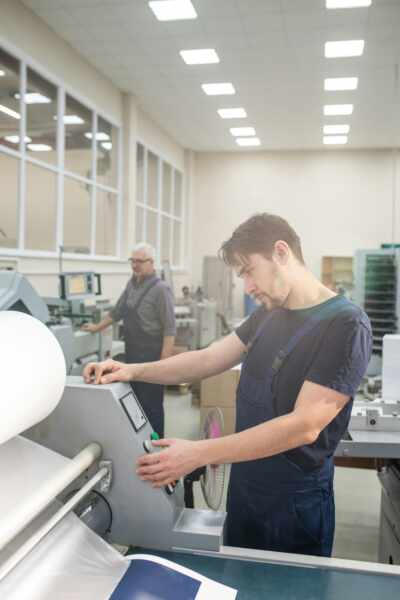Conveyor belt systems are an essential component of many manufacturing, warehousing, and distribution operations. As a result, ensuring the optimal performance and lifespan of these systems is crucial for maintaining productivity, efficiency, and reducing costly downtime. One common challenge that many facility managers face is deciding when to repair or replace their conveyor belts. Striking the right balance between these two options can be a complex decision, as both immediate and long-term costs must be considered.
In this guide, we’ll delve into the factors that should be taken into account when determining whether to repair or replace your conveyor belt, highlighting the key signs and symptoms that may point towards the most appropriate course of action. Additionally, we’ll provide insights on the best practices for conveyor belt maintenance and monitoring, which can help you prevent unexpected breakdowns and make informed decisions about the upkeep of your conveyor system.
We are committed to providing our clients with a comprehensive range of conveyor belt solutions and expert guidance on their maintenance and care. Trust our experienced team to help you navigate the complexities of conveyor belt upkeep and make the right choices to ensure the longevity and optimal performance of your conveyor system.
Key Factors Influencing the Repair or Replacement Decision
When deciding whether it’s more appropriate to repair or replace a conveyor belt, several factors should be carefully considered. Evaluating these aspects will help you identify the most cost-effective and efficient solution for your facility. Key factors to consider include:
1. Age of the Conveyor Belt: Assessing the age and expected lifespan of the conveyor belt is crucial. If the belt is nearing the end of its expected service life, it may be more cost-effective to replace the belt rather than repair it.
2. Extent of Damage or Wear: Consider the severity, location, and type of damage or wear present on the conveyor belt. If damage is severe or widespread, replacement may be the best option. However, if the damage is minimal or limited to a specific area, repairs may suffice.
3. Production Impact: Weigh the potential impact of repairs or replacements on your facility’s production timelines and schedules. If lengthy downtimes would result from belt replacement, it might be more feasible to perform timely repairs that allow your facility to continue operating efficiently.
4. Cost Comparison: Analyse the cost differences between repairing and replacing the belt, considering both immediate costs and long-term savings. While repairs may be cheaper in the short term, new belts can improve energy efficiency, reduce maintenance costs, and provide a longer lifespan, resulting in potential long-term savings.
Signs It’s Time to Repair Your Conveyor Belt
There are several signs that a conveyor belt may require repair. By monitoring these indicators, you can make timely decisions on repairs and prevent further damage or operational disruptions. Common signs that a conveyor belt may require repair include:
1. Fraying or Tearing: If you notice fraying or tearing on the edges of the conveyor belt, immediate repairs may be necessary to prevent further deterioration and maintain optimal belt performance.
2. Surface Damage: Surface damage, such as cuts, gouges, or punctures on the belt, can hinder performance and potentially damage products or components travelling on the conveyor. Conducting prompt repairs will ensure product safety and belt longevity.
3. Misalignment: Misaligned conveyor belts can lead to uneven wear and potential damage. Adjusting the belt tracking and realigning the system can prevent further issues and improve belt performance.
4. Joint Issues: Spliced joints can weaken or fail over time, affecting the belt’s integrity. Inspect joints and seams regularly, repairing or re-splicing them as necessary to maintain belt integrity.
Signs It’s Time to Replace Your Conveyor Belt
In some cases, conveyor belt damage or wear may be too extensive to warrant repairs, making replacement the more appropriate option. Key signs that it may be time to replace your conveyor belt include:
1. Advanced Wear: If your conveyor belt exhibits significant wear, such as deep abrasions, loss of material, or pervasive cracking, it’s likely time to replace the belt with a new one.
2. Frequent Breakdowns: Constant repairs and maintenance can be an indication that your conveyor belt has reached the end of its lifespan. Replacing the belt can help reduce long-term maintenance costs and improve operational efficiency.
3. Structural Defects: If structural defects like broken wires, extreme belt stretching, or carcass damage are present, replacement is the best course of action to prevent catastrophic failures and ensure safety.
4. Obsolete Components or Designs: Older conveyor belts may not meet current industrial standards or support modern components and designs. Replacing outdated conveyor belts with new systems can improve efficiency, ease of maintenance, and overall facility performance.
Best Practices for Conveyor Belt Maintenance
Adopting proactive and preventive conveyor belt maintenance practices can help prolong the life of your belts and avoid unexpected downtime. Implementing a comprehensive maintenance plan should include the following strategies:
1. Regular Inspections: Conducting periodic visual inspections of your conveyor belt system will help you identify potential issues early, allowing for timely repairs or replacements.
2. Lubrication: Maintaining proper lubrication of rollers, bearings, and other critical components will ensure smooth operation and reduce friction-related wear and tear.
3. Belt Cleanliness: Keeping your conveyor belt clean can help prevent debris-related damage and reduce the risk of belt slippage, improving overall efficiency.
4. Employee Training: Proper training and education for facility employees in conveyor belt maintenance and safety can help prevent accidents and operational interruptions.
Conclusion
Ensuring the optimal performance and longevity of your conveyor belt system requires a proactive approach to maintenance, monitoring, and repair. By carefully evaluating the unique factors influencing the decision between repairing and replacing your conveyor belt, you can make informed choices that maximise both the efficiency of your facility and the lifespan of your conveyor system.
Rely on our expertise and support for all your conveyor belt maintenance and repair needs. Our experienced team is dedicated to providing industry-leading guidance and solutions to ensure your facility remains productive and efficient.
Maximise your conveyor belt system’s performance and longevity with the expert guidance of Change Parts Pty Ltd. Contact our team today to discuss your maintenance needs and discover how we can help improve the reliability and efficiency of the conveyor belts of your facility.




